- About us
- Support the Gallery
- Venue hire
- Publications
- Research library
- Organisation chart
- Employment
- Contact us
- Make a booking
- Onsite programs
- Online programs
- School visit information
- Learning resources
- Little Darlings
- Professional learning
Robert Brown (1773–1858), botanist, became interested in natural history while studying medicine at Edinburgh University. In 1799 he met Sir Joseph Banks, who offered him the position of naturalist aboard the Investigator, which, under Matthew Flinders, was to conduct a surveying voyage to establish whether New Holland was one or several islands. During the course of Flinders’ consequent circumnavigation of Australia (between December 1801 and June 1803), Brown collected extensively and identified numerous species previously unknown to science. When Flinders sailed home in 1803, Brown stayed on, conducting further botanical explorations in Port Phillip, Van Diemen’s Land and New South Wales before returning to England in 1805. In all, his work had resulted in a collection of some 3600 plants as well as zoological and geological specimens. His Australian findings were published as Prodromus florae Novae Hollandiae et Insulae Van Diemen in 1810. He became Banks’s librarian the same year. When Banks’s collections were transferred to the British Museum in 1827, Brown became head of the Museum’s Botanical Department. He was awarded the Royal Society’s highest honour, the Copley Medal, in 1839; and became President of the Linnean Society in 1849. He continued to work at the British Museum until a year before his death at age 85.
Collection: National Portrait Gallery
Purchased 2014
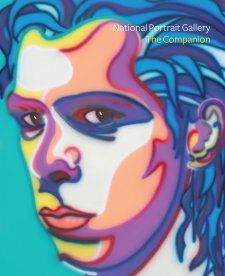
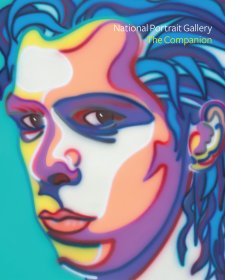
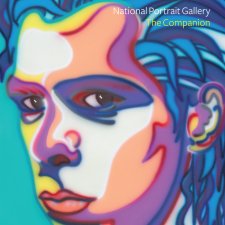
On one level The Companion talks about the most famous and frontline Australians, but on another it tells us about ourselves.

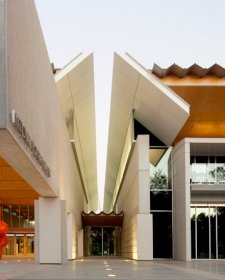
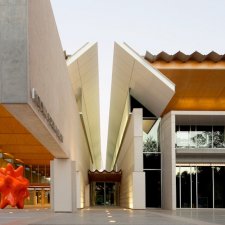
Visit us, learn with us, support us or work with us! Here’s a range of information about planning your visit, our history and more!
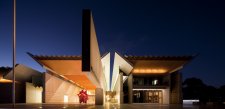
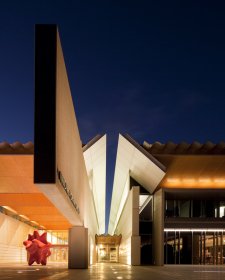
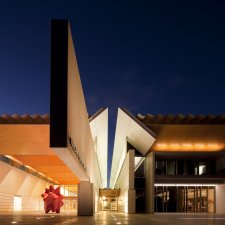
We depend on your support to keep creating our programs, exhibitions, publications and building the amazing portrait collection!